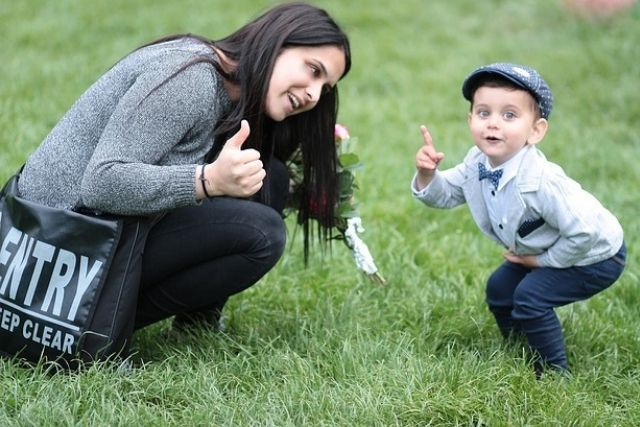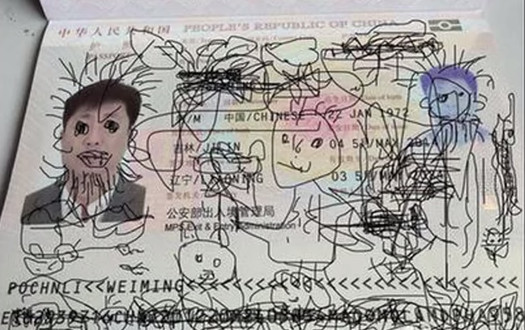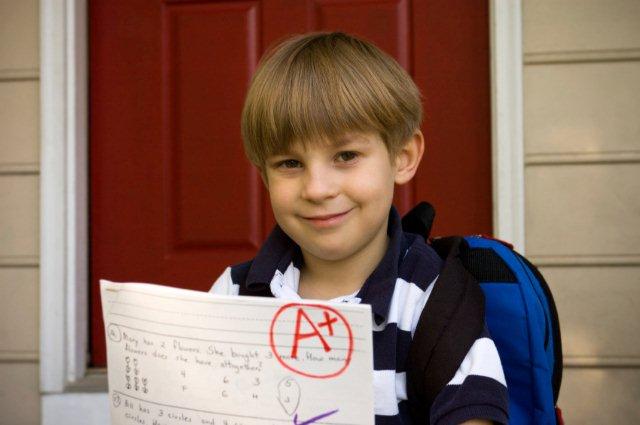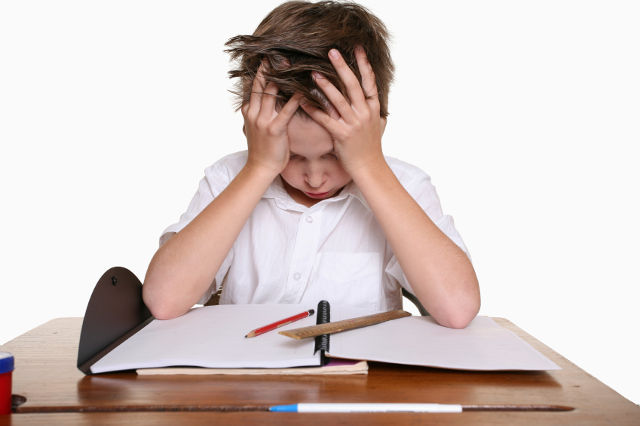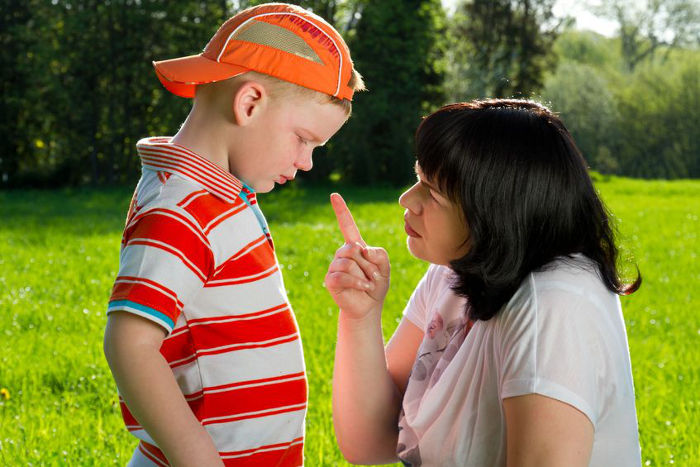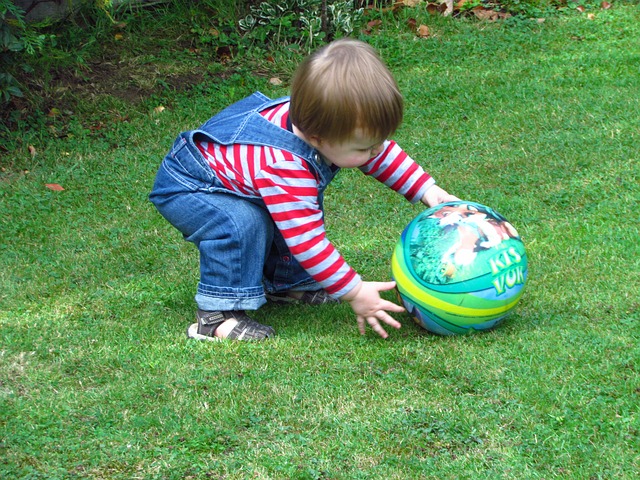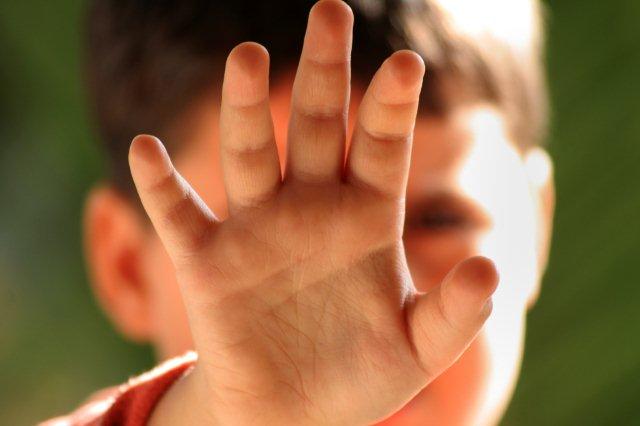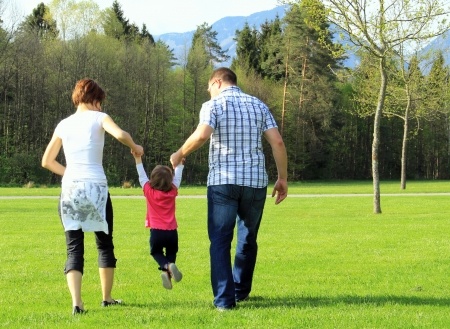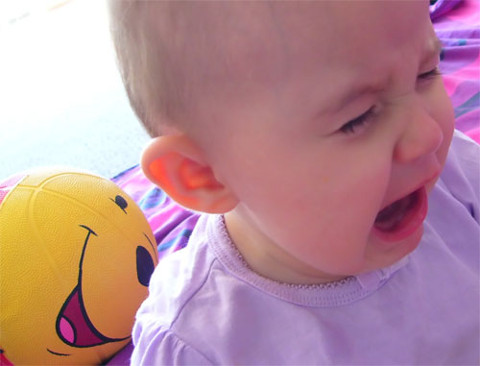The definition of physical abuse varies and in Singapore where caning is a form of legal corporal punishment, this might confuse the context of physical abuse.
Generally, all leading authorities agree that physical abuse occurs when a parent or caregiver commits an act that results in physical injury to a child or adolescent, such as red marks, cuts, welts, bruises, muscle sprains, or broken bones, even if the injury was unintentional. Physical abuse can occur when the physical punishment goes too far or a parent lashes out in anger.
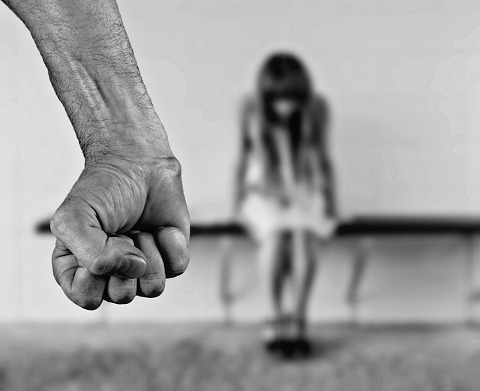
Who is at risk of being physically abused?
Children of all ages, races, ethnicity and socioeconomic backgrounds are at risk for physical abuse. Very young children are the most susceptible to receiving serious injuries.
How to tell if a child is being or has been physically abused?
There may be physical signs, such as welts and bruises in various stages of healing, fingernail marks, human bite marks, burns, lacerations, abrasions in the pattern of an instrument, and missing, loose, or broken teeth. It is very possible for a child to be physically abused without anyone noticing if the child’s injuries are hidden by clothing.
Here are some strong indicators of an abused child:
- Frequent physical injuries that are attributed to the child’s being clumsy or accident-prone
- Injuries that do not seem to fit the explanation given by the parents or child
- Conflicting explanations provided by child and/or caregiver, explanations that do not fit the injuries, or injuries attributed to accidents that could not have occurred given the child’s age (for example a burn on a child too young to walk or crawl)
- Habitual absence from or lateness to school without a credible reason. Parents may keep children home to hide evidence of abuse until it is healed
- Awkward movements or difficulty walking, this may suggest the child is in pain or suffers from the after effects of repeated injuries
What should you do if you suspect a child is being or has been abused?
In Singapore this is complicated (See updates at the end of this post). There are no mandatory reporting laws and often the procedure is to protect the abuser or family member. If the child is old enough you can ask open-ended questions. Don’t assume the child has been or is being abused. There may be many explanations. If the child has a visible injury, ask how the child was injured. Ask open-ended follow-up questions to look for inconsistencies if the explanation for the injury seems implausible or doesn’t match the injuries.
If you suspect the abuser are the parents, it may not be wise to call them. I had an adult client who was abused as a child, the school called the mother, who was the abuser, the mother lied took the child home and several punished and then starved the child to “teach her a lesson.” You may need to take the child to a hospital or clinic to document injuries and perhaps call the police.
Why don’t children talk about it?
- Fear their parents will be mad at them or will hurt even more
- Desire to not get parents into trouble
- Fear of being removed from their home
- A belief that it’s okay for their parent to hurt them
- Fear of being accused of lying
- Shame or guilt
- Belief that they deserve the abuse for their “bad” behavior
Consequences Of Physical Abuse For Families/Society
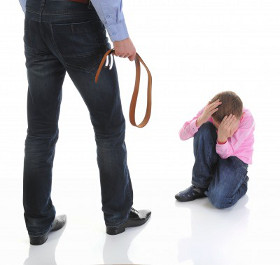
Experts in the field of child behavior believe physical abuse causes children to be submissive, fearful, and/or aggressive. It also teaches them that hitting is a way to control other people and solve problems. The attitudes, beliefs, and behaviors that grow out of physical abuse can cause a child to have problems at school, at home and with friends. Sometimes children who have been hit don’t do well at making and keeping friends. They may not trust people in authority and may also become fearful of their parents. It can be confusing for children, especially when a parent, the person they depend on and love the most hurts them in some ways.
Facts and Myths Of Physical Abuse
Myth: It’s only physical abuse if you mean to hurt your child.
Fact: Even accidental injuries of a child are considered physical abuse by leading authorities and other countries
Myth: Good parents don’t get frustrated or angry with their children
Fact: All parents get angry at their child sometimes. It’s okay to be angry but it is not okay to your child in angry. Develop better parenting skills through parenting workshop or courses.
Myth: Physical punishment helps parent control their child’s behavior
Fact: Parents who use excessive punishment are not in control. Physical punishment does not teach children how to make good decision, how to determine what is right and wrong or how to control their own behavior. It is linked to bullying and bad behavior and poor life outcomes.
By Tammy M. Fontana from All in the Counselling
Tammy Fontana, MS, NCC CTRT Sex Therapist (USA) is the founder and mental health therapist for both All in the Family Counselling and Babysleepfairy.com. She has been providing professional counselling and sleep services in Singapore for over 8 years. She has her Master’s Degree in Mental Health Counselling (USA) and is a USA National Counsellor Counsellor (NCC) and Certified Choice Therapy Reality Therapist (CTRT). She is also a US trained certified Sex Therapist. She provides evidenced and practised based solutions to parents, individuals and couples.
Update: Thanks to reader Tan Ying Ling who sent us this link, you can report suspected child abuse as below:
Reporting suspected child abuse is the first step in preventing or stopping the abuse. MSF investigates child abuse cases to prevent further harm to the child.
To report suspected cases of child abuse, call 1800-777 0000 or inform the police.
Read more at this website www.msf.gov.sg.
If you find this article useful, do click Like and Share at the bottom of the post, thank you.
Like what you see here? Get parenting tips and stories straight to your inbox! Join our mailing list here.




































